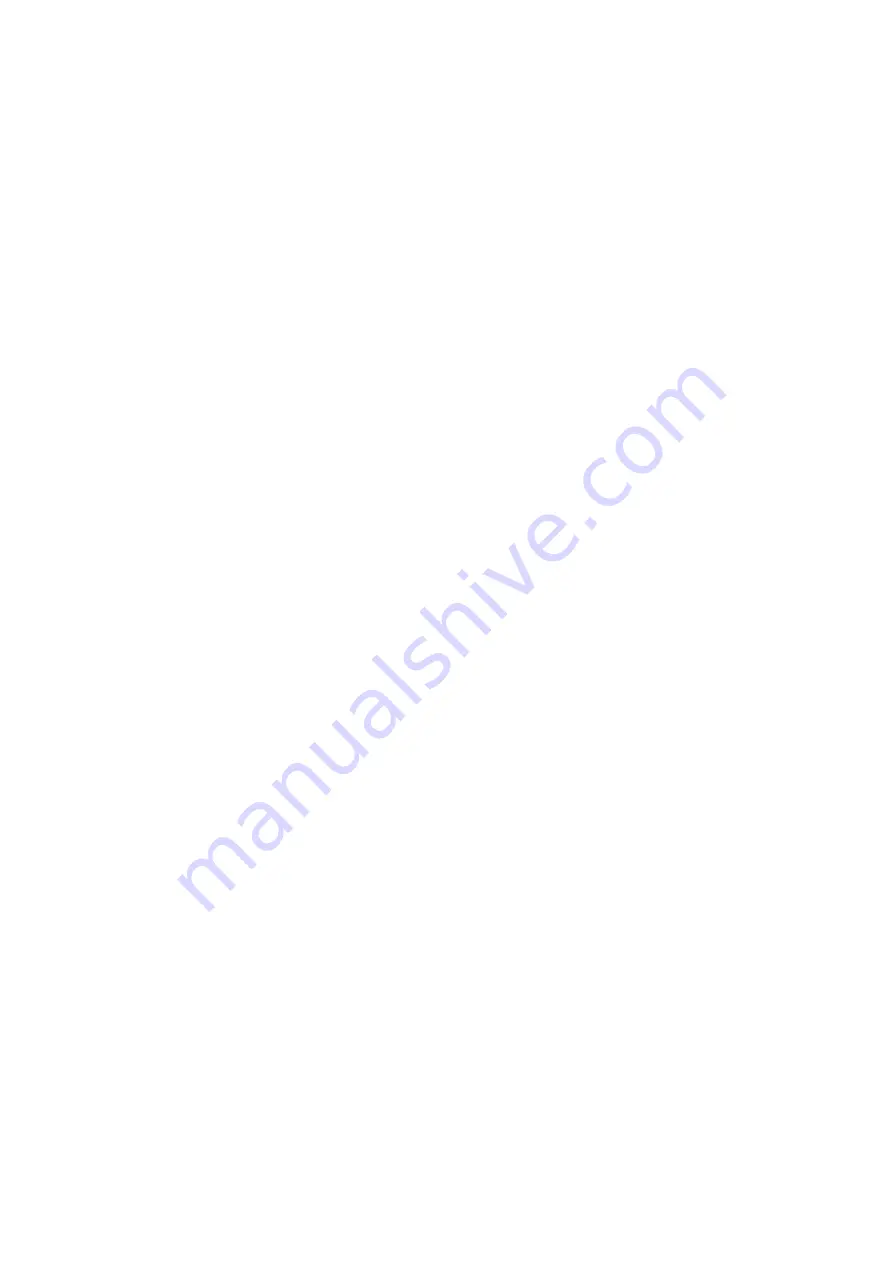
33
10.5
TAMS_STD
The Rhopoint Total Appearance Measurement System (TAMS) is an extremely
portable surface measurement device designed to give
inspectors at the production
line an audit tool which predicts how a customer will judge an automotive body finish
in a showroom – will it yield a good or bad impression? Two new metrics are used to
define the overall visual surface appearance, Quality and Harmony, replacing
traditional multi-dimensional scaling’s that have caused confusion amongst
automotive manufacturers in the interpretation of results for many years. Those two
metrics have been designed in collaboration with Volkswagen to satisfy their
requirement. This algorithm is now available in the Optimap3.
The new metrics predict the visual appearance of a reflective surface:
Quality (Q) & Harmony (H)
▪
Quality
represents the overall appearance of a surface finish. It is calculated using
a specific algorithm combining three sub-characteristics: Contrast, Sharpness and
Waviness. The Quality value goes from 0% (Poor quality) to 100% (Mirror finish
quality).
▪
Harmony
quantifies the surface texture difference between two painted surfaces
when placed side by side. Do they have similar orange peel aspect or not? This
value is calculated using two sub-characteristics: Waviness and Dimension. A
result below 1 indicates that more than 50% of people would visually accept the
surface structure difference in appearance between two surfaces. A value above
1 indicates that less than 50% would accept it.
To calculate Quality and Harmony, four sub-characteristics are firstly calculated by the
instrument:
Contrast (C), Sharpness (S), Sharpness-Q (Sq), Waviness (W), Dimension (D)
▪
Contrast
represents the difference between the reflection intensity of highlights
(bright light sources) and lowlights (dark areas) of a reflected image on a surface.
A value close to 100% (black reflective surfaces and mirrors) indicates that the
reflected image is showing both very high and very dark light, in other words, the
range from dark light to high light is large. On the contrary, low contrast values
(<30%) indicate that the range is small, so dark, and high light are in a short
intensity range.
▪
Sharpness
represents the level of detail in the reflected image for a close look
(<30cm) and the haze effect for a larger viewing distance (>1.5m). The value goes
from 0% (low sharpness) to 100% (high sharpness).
▪
Sharpness-Q
This is a rescaled version of the classic Sharpness parameter.
Weighting has been improved especially for Quality calculation, and Contrast
value is considered. Scale is still from 0 to 100%. This metric is not displayed into
the screen but is accessible after data export.
▪
Waviness
represents the overall wavy or non-flat aspect of the surface, also seen
as a deformation level of the reflected image. The value goes from 0 (surface



















